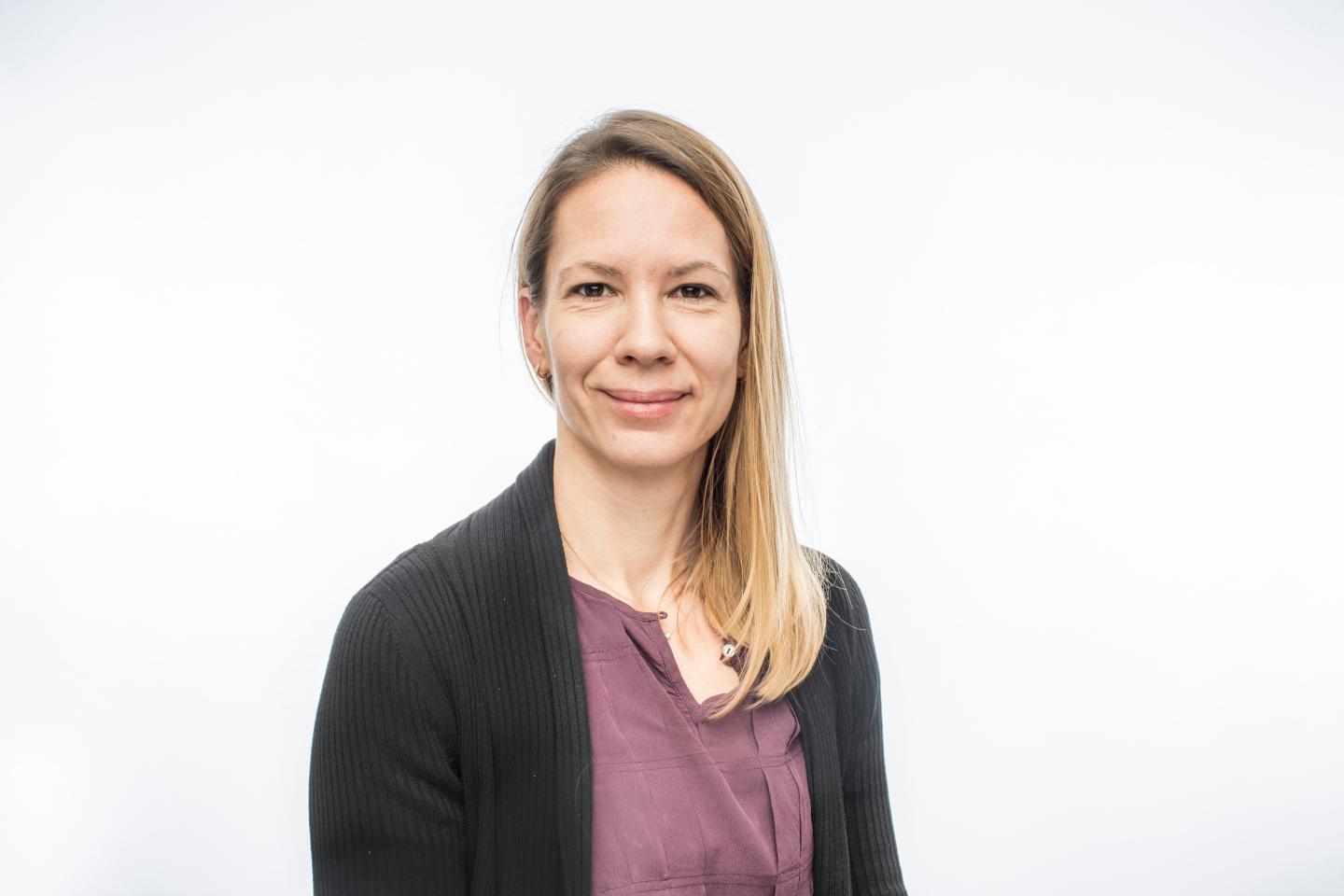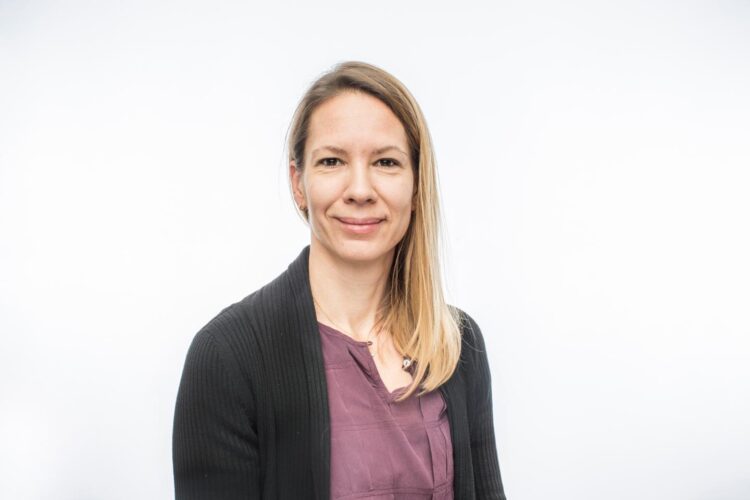
Credit: Linköping University
Researcher Judith Lind has studied how staff at fertility clinics view the assessments that childless couples and women undergo in order to access assisted reproduction. It emerges in the interviews that the assessment of the potential parents is based on the child’s future welfare and on the responsible use of public resources.
In Sweden, childless couples and single women can access publicly funded fertility treatment. But the legislation differs between different couples. In those cases where the couple requires sperm or eggs from a donor, the legislation demands a special assessment of their suitability as parents.
“Fertility treatment is expensive, and public resources are intended to enable treatment for everyone, regardless of income. At the same time, my study shows how clinic staff argue that access to treatment should be limited specifically because public resources are used”, says Judith Lind, senior lecturer at the Department of Thematic Studies, Linköping University.
Judith Lind has previously investigated parent suitability in other contexts, such as adoption. She is interested in how parenthood ideals and the notion of the welfare of the child are expressed in assessments of potential parents.
The new study, “Child welfare assessments and the regulation of access to publicly funded fertility treatment”, has been published in the journal Reproductive Biomedicine & Society Online.
Assessment focussing on what’s best for the child
In bioethics research, there is a discussion about whether it is reasonable to limit access to fertility treatment with reference to the welfare of the future child, or if everyone should have the right to fertility treatment. Judith Lind wanted to study how clinic staff reason about this ethical issue and how they justify and legitimise that people who want fertility treatments are assessed.
Interviews were conducted with 64 employees in nine focus groups at four of the six publicly funded fertility clinic in Sweden.
The results show that what was considered most important was the future well-being of the child and the responsible use of public resources.
In every focus group, the child’s welfare was cited as an argument for why a psychosocial assessment was conducted. The employees at the clinics said that it was their duty to prioritise the best interests of the child, and thus to refuse treatment for the couples and women who they considered unsuitable as parents. However, many questioned why the psychosocial assessment is only conducted when donated gametes are used. One doctor argued that the rights of the child should also “apply to children born with people’s own gametes”.
Use of public resources
In their work with fertility treatments, the clinics are guided by an assessment of the future welfare of the child as well as by the responsible use of public resources. Taxpayers’ money, they argue, should not be used for something that in the end does not turn out well. For instance, if one believes that the future parents would not be able to take care of or provide for a child.
That public resources are used for the treatment justifies, according to the employees, that those who are to undergo it have a psychosocial assessment. The purpose of the assessment is to prevent treatment that results in problems for the child and, by extension, for society.
The aim of assisted reproduction is, for the people who work with it, not children, but functioning families. Some of the employees explained that their job is about creating “children with good lives”, or “happy children and super-happy families”.
“This argument has not received sufficient attention in previous research. With the study I hope to contribute to a discussion of assisted reproduction and the priorities that guide the treatment”, says Judith Lind.
###
The study is part of the larger research project “The welfare of the child, the reproductive rights of adults and the responsibility of the welfare state”, which aims to investigate how Swedish legislation and fertility clinics manage the ethical dilemmas associated with legislation of access to assisted reproduction.
Link to project website: https:/
Media Contact
Judith Lind
[email protected]
Original Source
https:/
Related Journal Article
http://dx.





